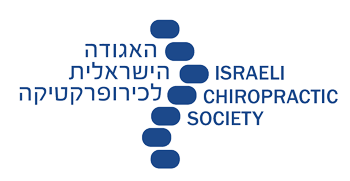Vertebral degeneration process
Understanding the ongoing process of subluxation, and the effect time plays on the subluxation spine.
Subluxation-Sub-a
It is a complex phenomenon of changes in function, formation and erosion in the spinal column, cartilage and bone structure that cause nerve pressure and compromise in the integrity of neurologists. This eclipse affects the functioning of the body, tissues, and body systems, causing a gradual fracture and deterioration in the body’s health. This process causes injury, imbalance, and illness of the body. When it occurs, it causes the body to be nervous in the areas in which these nerves connect. A sub-nectis causes changes in the structure of the spinal column, as well as changes in the neural tissues. These changes are gradually stringent when the time alone works against the spinal column. The changes in the structure of the spine are a form of continuous degeneration and erosion called “The atrophy.” By understanding the type and extent of the changes, it is possible to evaluate how long there is a spinal column in the spine. This information is usable by evaluating the time and effort to invest in the treatment.
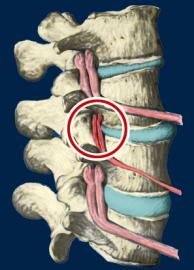
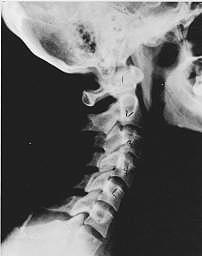
Normal arch-Near normal
This is the side photo of the cervical spine. The patient looks to the right side as the rest of thePictures on this page. You’re looking at the right side of your neck. This cervical arch is in the form of an arch and is close to a normal and proper arch. Compare this photo with the following on this page. Note the normal collar bow that is facing forward. This arch helps in the absorption of shock. Pay attention to the thick and equal disk intervals between the vertebrae from the second vertebrae of the neck to the seventh vertebra. These gaps are normal. Note the square structure, with clear, sharp borders of the vertebrae in the front. This condition is normal and normal. Normal vertebrae the rest of the spinal column display characteristics similar to those of the neck. If it is caused by a dissection that is left intact, severe neck changes are developed that cause damage to the structure and function of the spinal vertebrae along with nerve damage and a variety of problems caused by poor supplies of neural messages.
Phase One subluxation degeneration
Phase 1-sinilation
processThe first stage of this newney process is seen in the first 20 years of the patient’s life. This stage is characterized by the change or loss of the proper cervical arch. In this photograph, it is possible to see that the normal Lordouzi is lost and gone. The cervical spine has developed a reverse arch. Disk intervals begin to show unhealthy changes in their structure. An important point is that the vertebral bodies (the square parts of the front) still present clear, clean borders without abrasion. A movement between a priori must be limited, and yet a general movement is not adversely affected. In the first stage of the subcutaneous degeneration, I was aiming for a specific chiropractic direction and the rebuilding of the cellular vertebrae function takes between 6 months and a half year. More than 80 people who are in stage 1 of spinal degeneration do not yet feel pain. If this condition is not corrected, it continues to deteriorate and gradually reaches the next level.
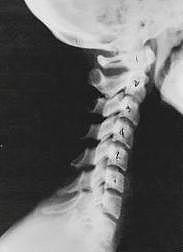
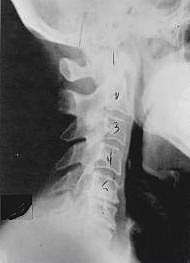
Phase Two subluxation degeneration
Stage in the sylchloration process
Phase 2 of the vertebrae and discs process is seen as a product of a subset of the existing between 20 and 40 years. This stage has some of the characteristics of the previous stage including the loss of the arch and the normal location of the cervical vertebrae, as well as adverse changes in the movement of the joints. It is important to note that many times a spine is in step b. Displays a decrease in the range of movement in the degeneration and abrasion areas. X-rays at this stage begin to show changes of calcification in different areas of the spinal column. These changes are called different names such as “Artritis”, osteoarthritis, or Durban. The disk intervals between the links involved are becoming increasingly narrow with the passage of time. Although most people pull it off they still don’t experience acute symptoms they start to feel stiffness and pain. Chiropractic treatment for people who are in stage B of degenerative atrophy can last between a year and a half for two and a half years. If this Newtonian process is not corrected, it gradually deteriorated to the next level.
Phase Three subluxation degeneration
Stage C-Subluxation process
In part 3 of this process, it was caused by a subliminal sub-phase that was neglected between 40 and 65 years. This step has all the characteristics of the previous stage only with the worsening of symptoms. The curves are not valid, the disk intervals are worn, and the secondary changes are noticeable. The changes of calcification and osteoarthritis are noticeable to the eye. At the same time, people in the third stage suffer from a significant decrease in traffic ranges and even experience different symptoms. At this stage the vertebrae themselves show changes and distortions in their structure. The square structure of the vertebra is no longer present, and there are such spur-like echoes due to the surrounding tissue calcification. In many cases, direct pressure on the nerves that causes motor damage and pain can be created. The chiropractic process of rehabilitation for people in this advanced phase is between two and a half years to three and a half years. At this stage, the secondary changes will stop, but the changes in the structure and the transformations won’t disappear. In many cases, the body adapts to the process of calcification, and the positive changes can be measured only in functional terms. As in other cases, if the spinal Tap is not corrected, the secondary process is deteriorating and continues to the next level.
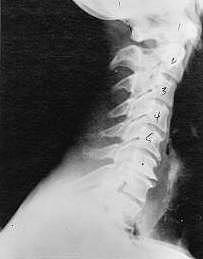
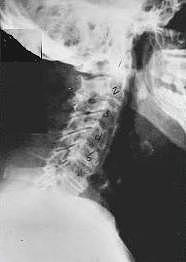
Phase Four subluxation Degeneration
Stage D–Subluxation process Newtonian
Stage d in the subcutaneous degeneration of the spinal cord is seen in situations in which the spine’s problems have not been repaired and caused distortions and changes in the structure of the bone, joints, discs, and other tissues around over sixty years. Stage D is a bleak situation that will adversely affect the length of life and the quality of life of the person. The massive amount of neurological damage caused by all years has been damaged and worsened over the years, demanded a heavy health price and caused the patient’s health condition to be deteriorated. X-rays at this stage show severe changes in the skeletal structure. The vertebrae demonstrate secondary changes and advanced calcification processes. Disk intervals are blurred and show total erosion and the vertebrae appear to be connected to each other. In this scenario, the patient will have a severe movement limit and probably also have other health problems. Rehabilitation of the backbone of the spine may not be possible at this time, and the treatment should be focused on stopping the degenerative process of the cerebrospinal cord, emphasizing the relief of symptoms and improving the quality of life if possible. Patients at this secondary stage suffer from injury and erosion of the vertebral structure and spinal column and a faulty neurological function, but there is always hope for improvement. Many patients in Stage D report a considerable improvement in their situation with considerable relief in symptoms, improving movement ranges and improving quality of life. Chiropractic is life-changing and helps where no other medical profession is able to help.
Note that the above are common guidelines and not strict rules. Each person is uniquely different and dynamic. The process of destruction and degeneration occurs at a different rate, and people are also cured at a different rate than one another. The more time you carry, the more difficult you are in your spine, your way of healing and improvement will be increasingly much longer. For this reason, we always emphasize the importance of early treatment for stopping and preventing the progress of the neural process of the sveluxia.
If you are not currently being treated in chiropractic, the best time to start is now!
The chiropractor is a PhD and is an expert in everything concerning anatomy, physiology and dynamics of the spinal column in particular and the body at all. Consult with only a certified chiropractor registered in the Israeli Chiropractic Society
